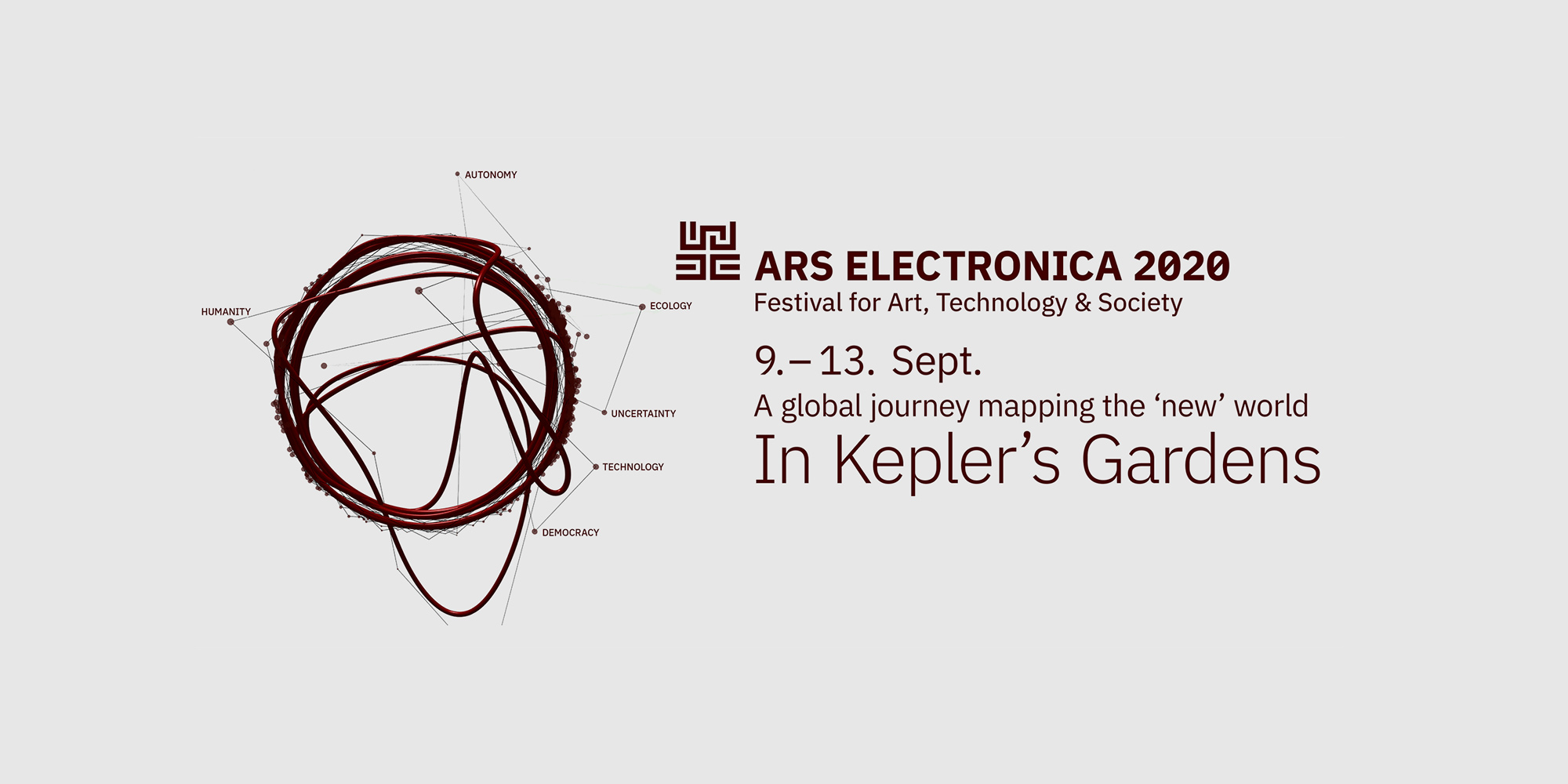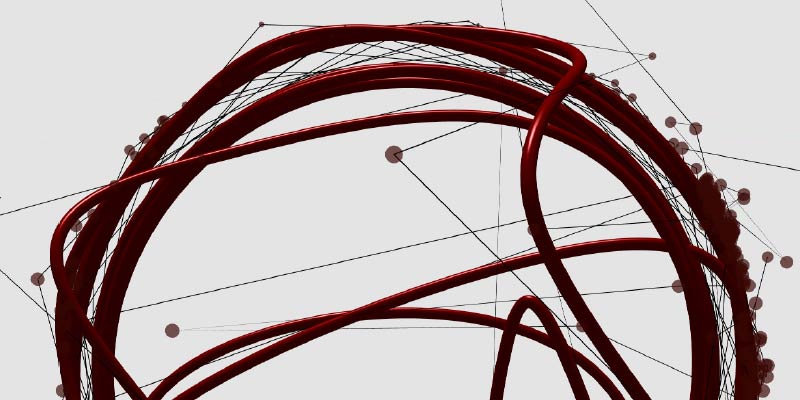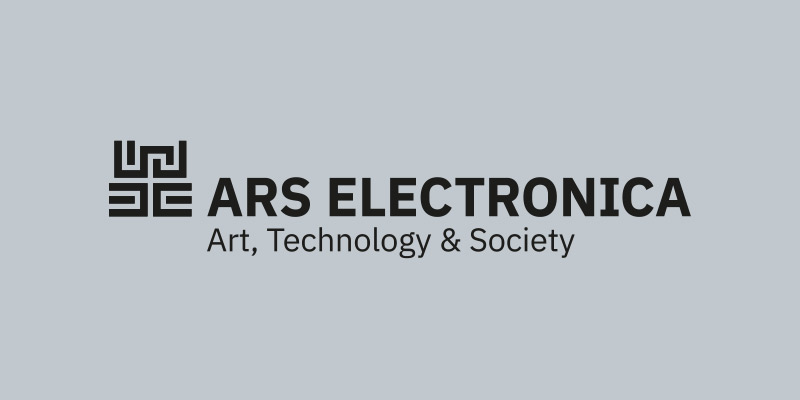Reality
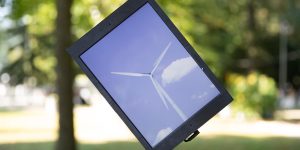
Derotation
Domas Schwarz (AT)
“Derotation” is an installation about a looping video of a windmill shown on a screen rotating at the same speed in the opposite direction. The movement of a wind wheel, known for generating electricity, is visually stopped and derotated by the motion of a motor, known for consuming energy. Two different aims lead to a standstill: another instance of power wastage in media art?
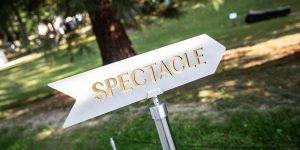
God is Dog spelled Backwards
Mathieu Zurstrassen (BE)
God is dog spelled backwards is a 360° kinetic artwork, and a tribute to Guy Debord’s La société du Spectacle, first published in 1967.
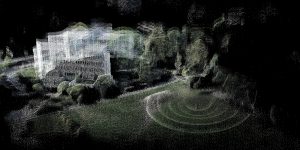
site-inflexion
Fulldome / VR & AR Lab
The immersive installation site-inflexion invites visitors to take part in a site-specific virtual and acoustic journey. The scenery and soundscapes of the JKU campus are the main actors in the work, alluding to Johannes Kepler's activity as a landscape mathematician. A laser-scanned topographic survey of Kepler’s gardens becomes an audio-visual environment transfigured by the everyday sounds that inhabit them. Oscillating between urban pollution and phantasmagoria, structures and lawns bend and curve under the effect of sound waves, reaching their inflection point by tipping towards the unknown.
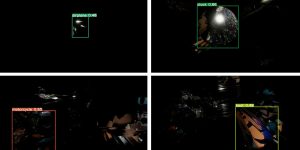
Cross Perception - work in progress
Fulldome / VR & AR Lab
A limitless space. Everything moves—light, shapes and colors. Human and machine let their sight wander and try to recognize something. The human beings search for orientation, the device calculates.
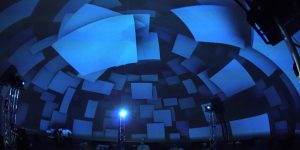
Future Room and Liminal Spaces (re-edited) 360˚ film screening
Fulldome / VR & AR Lab
The Fulldome Program of the Digital Arts Department at the University of Applied Arts Vienna presents experimental immersive works, collaborations between the Department and the University’s Science Visualization Lab, Trans-Media Academie Hellerau, and the transdisciplinary performance company, kondition pluriel. Future Room and Liminal Spaces (re-edited) reveal the artistic potential of the fulldome, as does the 360˚ film screening selection of works by researchers, teachers, and students.
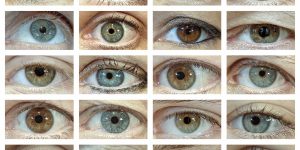
AUGENSCHEIN
Sylvia Eckermann (AT), Stieglerhaus
The Ars Electronica Garden St. Stefan ob Stainz takes us on a journey to Sylvia Eckermann’s public art project AUGENSCHEIN. AUGENSCHEIN takes the eye as a symbol for how our society relates to vision and visualisation, in its encouraging and more dangerous aspects.
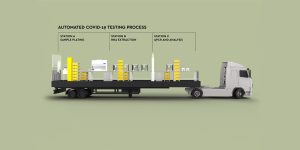
CONTAIN - Mobile COVID19 Emergency Testing Facilities
Open Cell (UK)
CONTAIN units are rapidly deployable COVID-19 testing laboratories housed in shipping containers. The design allows transportation to any location through standard shipping services. Automated RT-qPCR protocols can deliver 2,400 tests per unit in 24 hours.
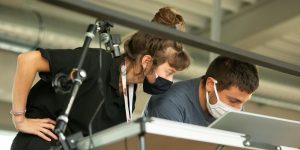
Performance Workshop: Enacting Innovation
Judith Igelsböck (AT), Friedrich Kirschner (DE), Sarah Buser (CH), Mónica Rikić (ES), Leoni Voegelin (CH), Tomás Montes Massa (CL), Laura Zoelzer (DE)
Enacting Innovation is a participatory staging of the social fabric surrounding contemporary innovation practices. Participants will negotiate the roles and situations that are frequently encountered in innovation processes and act out conflicts with each other and the technical infrastructures typically employed within such contexts. The simulation is inspired by research on ‘innovation scripts’ – the recipes followed in dealing with the omnipresent pressure to prove innovative ability.
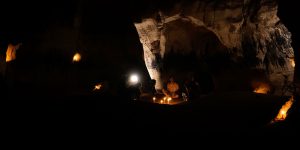
Finding Amir / From Jerusalem to the Judaea Desert, Israel
Musrara, the Naggar School of Art and Society (IL)
The day that Covid19 sent us all into isolation, Amir Meir, a member of the Musrara Sonic Art Research Group׳ announced he was going to spend the quarantine in one of the many caves in the Judean Desert near Jerusalem and disappeared ever since. With the aid of space and sound illusions practices, the film "Finding Amir" tries to touch on the in-depth questions about the imagined realities that lie behind the walls of digital and symbolic representation.
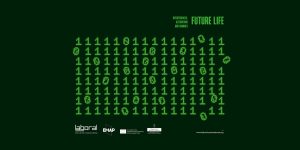
Future Life. Interferences, Alterations, Changes.
Laboral Centro de Arte y Creación Industrial (ES)
The artists in this exhibition work with blood and chlorophyll to investigate the connections between human and plant life. They use microbial cultures, robotic clams and sensors to demonstrate the contamination of the oceans; or apply AI algorithms so that something as innocent as a flower can visualize financial speculation. They also engage with the new icons, practices and virtual devices that define the increasingly polarized and radicalized scenarios of online social and cultural ecosystems.
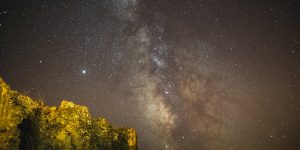
The Night Sky: Unveiling What Only the Dark Reveals
Open Science Hub - Portugal, Municipality of Figueira de Castelo Rodrigo (PT)
Open Science Hub - Portugal (OSHub-PT; Plataforma de Ciência Aberta) is a social innovation project that brings together science, technology and innovation with the daily life of local and regional communities, supporting schools and societal actors in tackling local relevant challenges. It is a project of the Municipality of Figueira de Castelo Rodrigo, in collaboration with Leiden University.
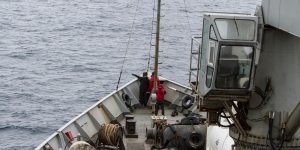
Achaeoscillator_Towards incorporeal forms of sensing listening and gaze
Terra Australis Ignota Research Group (CL) with Santiago Museum of Contemporary Art (MAC)
Achæoscillator displays the drastic weather conditions of the southernmost island in the world on a virtualized representation of the end/beginning of the Americas. A one-person experience, where the research presents traces and connections between the ancestors of the Yagán community, the Kawesqar and Selk’nam and the Antarctic, Scotia and South America continental plates, offering an inestimable and uncontrollable source of Gaia's power.
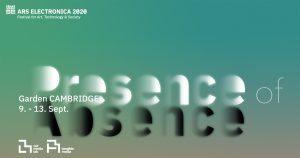
Presence of Absence
Tangible Media Group | MIT Media Lab (US)
The Cambridge Garden by Tangible Media Group for Ars Electronica Festival 2020, we will be featuring selected projects that materialize the Presence of Absence. Our garden introduces the latest in Tangible Telepresence research to engage people who collaborate across time and space with synchronized tangibles. We also feature a variety of dynamic computational materials we call Radical Atoms that foster a new form of human-material interactions.
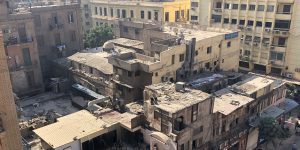
WE ARE DATA
Cairotronica (EG)
WE ARE DATA came as a response to a rising responsibility placed on "technology" as a tool which facilitates inclusive development and solutions to many challenges currently facing cities like Cairo. This, in turn, raises questions about security, privacy, accountability, bias, agency, transparency, and ethics among many others. Through the We Are Data fellowship, we wanted to encourage dialogue on the complexity of technology and data from the perspective of 6 Egyptian artists.
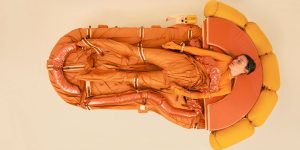
Real Feelings. Emotion and Technology
HeK (House of Electronic Arts Basel) (CH)
Emotions are at the core of human experience. They influence every aspect of our lives and shape our social behaviour. In the 21st century, technology has started to engage with emotions like never before. The international group show at HeK presents works by 20 artists ―in mediums ranging from artificial intelligence, interactive installations, robotics and biometrics to gaming, video installations and virtual reality by 20 artists― that explore how technology can assess and trigger our emotions.
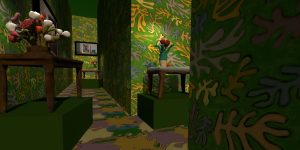
Claudia Hart’s The Ruins
bitforms gallery, New York (US)
The Ruins is an exhibition that implements still lifes to contemplate the canons of a patriarchal Western civilization: modernist paintings and manifestos of political utopias. Join Hart in an intimate video profile as she discusses the works as meditations on a world in crisis, speaking to an unstable present experienced through the possibility of simulation-technologies that use data to model the crystallization of past, future, and present into a perpetual now.
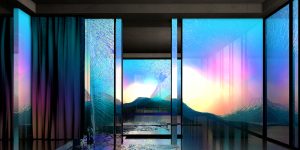
Galerie Charlot: 10 Year Anniversary Exhibition
Galerie Charlot (FR / IS)
The Paris and Tel Aviv-based Galerie Charlot celebrates its tenth year with an anniversary exhibition in Paris. The curated show features currently represented artists, showing a diversity of approaches to media over several generations.
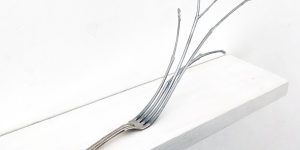
Markus Hofer “Visuelle Hypothese” – an exhibition @ AAA project space of MAM Mario Mauroner Contemporary Art Vienna
MAM Mario Mauroner Contemporary Art Vienna (AT)
The focus of Markus Hofer’s exhibition “Visuelle Hypothese” is the process of visual perception, in which our brain is supplied with information about objects visible in space through the retinal and optic nerve, and compares them objects to remembered and memorized objects. It is only by matching our memory to what we have seen that we can recognize an object and determine its function.
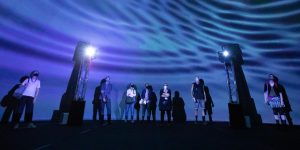
Fulldome / VR & AR Lab
Martin Kusch, Director ǀ Fulldome / VR & AR Lab, Ruth Schnell, Head Department of Digital Arts, University of Applied Arts Vienna (AT)
The Fulldome/VR & AR Lab at the Digital Arts Department of the University of Applied Arts Vienna is a platform for new creative processes with a focus on digital applications for fulldome, VR, and AR environments. Experimental research projects are carried out through interdisciplinary exchange among students, teachers, and researchers working to develop new artistic grammars while questioning the influence of immersive devices. The dome at Ars Electronica is part of the Lab’s infrastructure.
